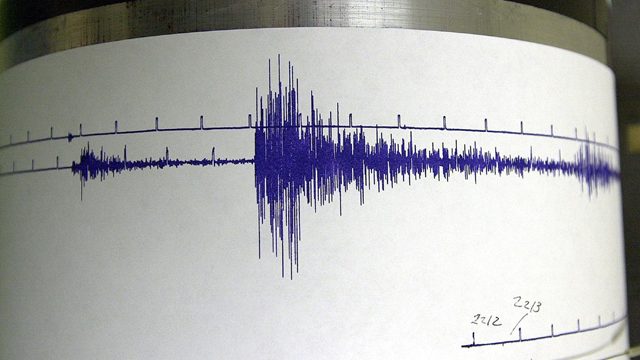A retired PG&E engineer testified Friday that he wrote a dubious “white paper” justification for the company’s avoidance of costly inspections of gas pipelines – a document he said he quickly destroyed after auditors failed to raise the issue before the San Bruno blast.
The existence of such a policy is a key element of the government’s case against the company for obstructing the federal accident investigation into the 2010 San Bruno pipeline disaster that left eight people dead.
In April 2011, the company asserted that it never had an approved policy to not inspect its lines following pressure surges and the document it provided federal investigators was an unapproved draft.
Former senior gas engineer William Manegold testified Friday that he considered the gas pressure surge/inspection issue his “number one” concern coming into the audit slated for May 2010.
At the time, PG&E had a number of aging pipelines that had never been inspected with high pressure water to account for potentially defective welds. Federal regulations called for costly inspections on those lines if pressure surged beyond prescribed levels.
Federal auditors told PG&E in 2005 that a surge of pound over the prescribed maximum was “one pound too many.” The federal pipeline safety agency’s website specifies that any overage, no matter how small, triggered the inspection requirement.
But on the eve of a state audit in May 2010, Manegold and his colleagues were still struggling with the issue. Manegold said he reluctantly took on the task of writing a regulatory “white paper” to justify the company’s decision to state regulators, should they ask.
Local
In it, Manegold cited an allowance for a 10 percent pressure “drift” above regulatory maximum levels that operators are allowed to accumulate before pressure relief devices kick in. He borrowed that ten percent margin in permitting pressure surges below that level to escape expensive tests for pipeline integrity.
“Did you think you writing a white paper was the best solution short of assessing over pressurized lines?” Assistant U.S. Attorney Hartley West asked Manegold. “I did,” he replied.
But just before the state audit, Manegold had doubts. In fact, in one email exchange, Manegold scoffed when his supervisor concluded that the allowance of 10 percent appeared reasonable and justifiable.
“That’s what Custer told the lieutenant who said, ‘Let‘s stop here,’’’ Manegold said, referencing General George Custer’s Last Stand at the Battle of Little Big Horn.
“Like Custer, I thought we were going to get killed in the audit,” he explained to the jury. “I thought we were going to get slaughtered.’’
But state auditors never asked PG&E about pressure surges. Manegold kept silent at the behest of his superiors.
“I was asked not to answer questions that were not asked,” he acknowledged from the stand.
“When the audit was over, I shredded it,” Manegold said of his “white paper” rationale. “I didn’t like it -- the intent of the memo was to be a white paper” with a technical rationale, but he did not provide one.
“So you go rid of it?” West asked. “Yes,” Manegold replied.
It turned out that the problem was indeed a significant one. The problematic pressure surges occurred on some 84 miles of pipelines that PG&E failed to inspect with high pressure water before the San Bruno blast.
Prosecutors also asked Manegold about his having grumbled to a longtime colleague after then-company president, Chris Johns, visited the office one month after San Bruno.
Johns asked for people to speak up, so Manegold recounted how the company needed to spend more to replace its aging lines.
Manegold told his friend he wished he had gone further and said: “Don’t assume that the people working on this stuff now are a bunch of idiots that should be ignored (as it seems to me has been done).”
Manegold’s colleague, Wayne Ciardella, complained about what he called “near-criminal” cuts in the electrical division of the company over four decades, which he said were part of a “deliberate and tragic strategy” to funnel money away from safety to “other investments.”
Such safety spending, Ciardella told Manegold, might mean “not meeting the ‘authorized rate of return’” for PG&E investors.



